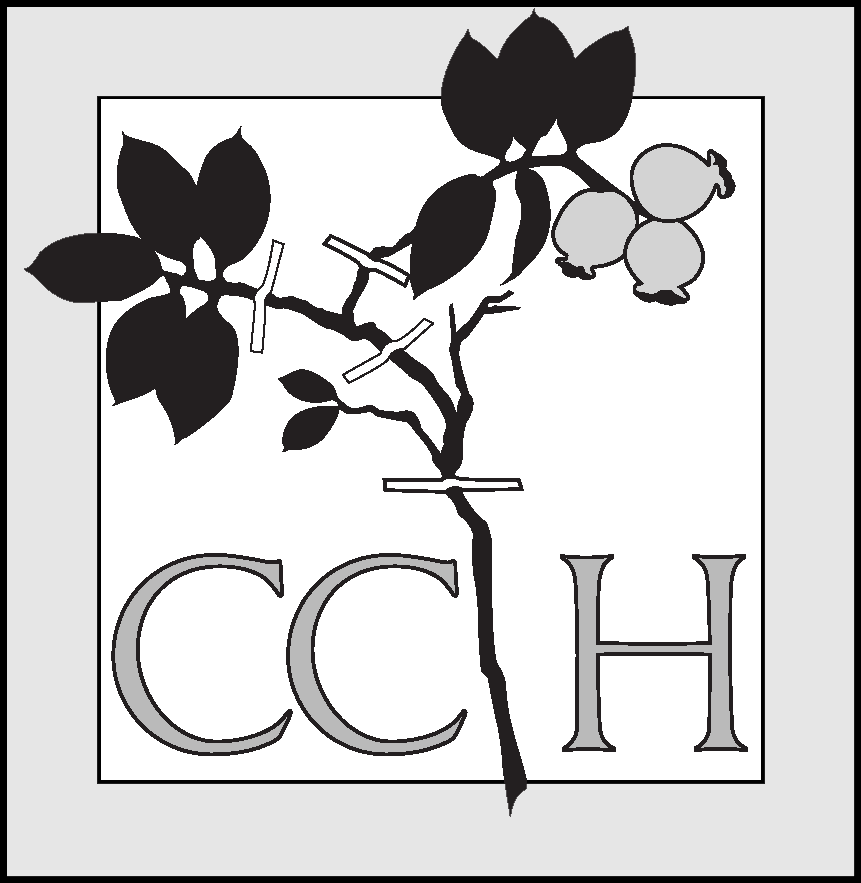 |
|
These records in CCH1 have coordinates that have been corrected by various CCH1 volunteers (during georeferencing grants) or staff at UC/JEPS, including Dick Moe and Jason Alexander. The coordinate and metadata fields are stored in a separate table and overwrite those present in the data from CCH2.
The discrepancy may have multiple causes. Read more here about yellow flags The yellow flags are stored in a separate table. This feature is unique to CCH1.
Most records with just the county or a large geographic region as locality (San Bernardino County, Sierra Nevada, Mojave Desert, Salton Sea, Imperial Valley, etc) are have too great an uncertainty black-tinted or black flagged. The reason for black-flagging a specimens is variable. Some of the black flags were created during previous CCH georeferencing grants. For those the name of the georeferencer and the reason for black-flagging is displayed in the detailed specimen record page. Records with black flags have coordinate and metadata fields nulled and left intentionally blank in CCH1, even if there is data in CCH2. This feature is unique to CCH1.
The spelling of the county has been changed from that displayed in CCH2. This can happen in four ways.
This discrepancy may have multiple causes. Not all specimens with this flag have an incorrect label county. For some historic specimens, the county was correct at the time of collection. However, California county boundaries have been altered several times in the past hundred and fifty years and these boundary changes may be the source of these discrepancies.
The name can be just a error correction completed by the CCH1 loading scripts, a determination update from a comment database (usually with an author, date and comment added) or a the verbatim determination is questioned (a comment indicates that the ID likely to be incorrect, but a new determination was not specified).